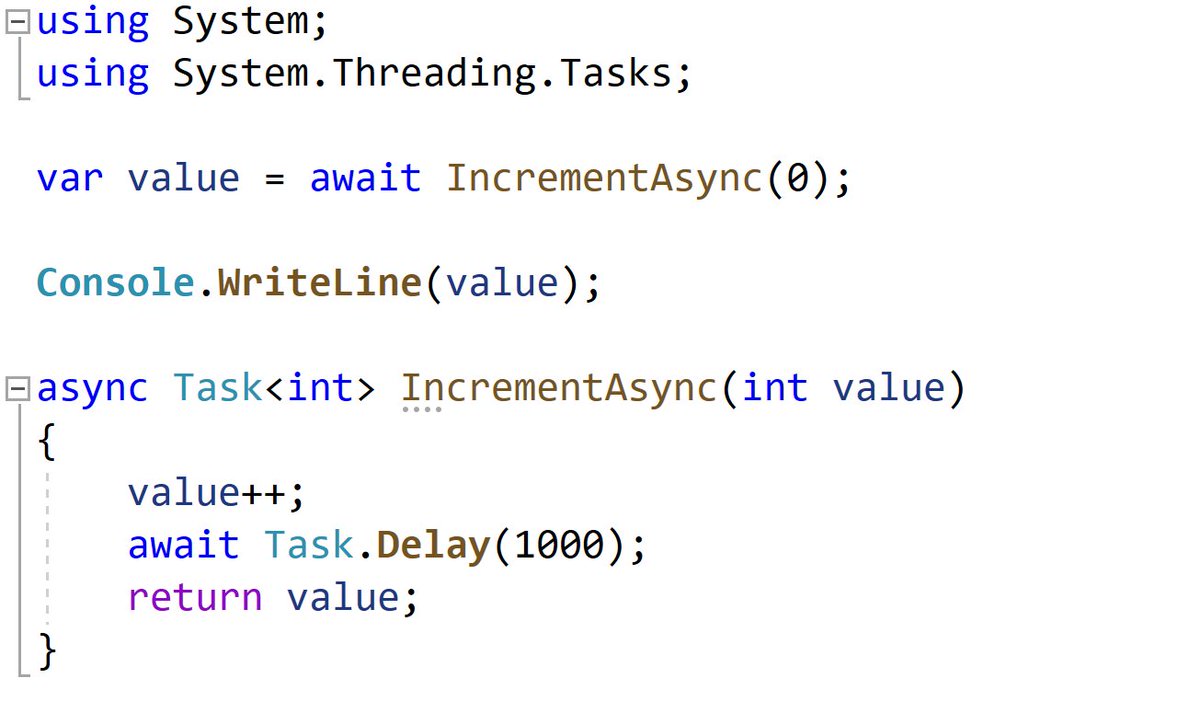
The transition to asynchronous code changes a lot of the basics we're used to. There's usually much more concurrency in these systems and that becomes more challenging to diagnose when things go wrong. #dotnet #aspnetcore
The threads are usually switching between lots of concurrent operations as various IO operations complete. Here's an example of visualizing lots of concurrent operations happening in the parallel tasks window. The right is parallel stacks. Async stacks vs OS thread stacks. 



Essentially the async logical stacks are linked lists of objects stored on the heap. There may not be any code executing if a request is waiting on IO for example.
A big problem with diagnostics in this area is that it isn't explicitly modeled in the runtime and that means the tools need to reverse engineer the original intent. This means heuristics are used everywhere to detect common usage patterns
Visual Studio does a stellar job with this. Here's an example of 2 parallel operations fired from a task and being waited on asynchronously 

• • •
Missing some Tweet in this thread? You can try to
force a refresh





